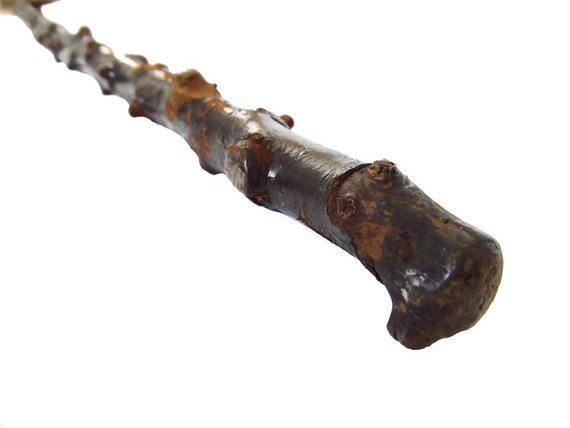

The grip end of such a walking stick was often a root-knob. The wood is very tough, and because it is so twisty, it made for great looking walking sticks. The wood was used to make cudgels in England and Ireland, the latter famously known as shillelagh. It possibly would make an excellent staff weapon, or walking stick, but it is probably too light for Japanese weapons.īlackthorn (Prunus Spinosa) – This variety of plum (sloe berry) is a medium sized shrub. I’ve handled a baton used for Filipino martial arts. It is lighter than oak or hickory, and is very hard to work. Janka Hardness Scale is really varied among different species, with a top end of about 1400-1500īlack Palm – It is fairly hard and dense with a very stringy grain.

Shira kaba, Japanese white birch was considered a weed tree in earlier times, and was never used for weapons. It dents far to easily and is not that strong as far as high impact goes. My first practice weapon was a two and one-half inch diameter length from a downed black birch sapling. It was a beautiful thing to behold but dented easily and broke without taking much abuse.”īirch – Relatively hard wood. According to a report from koryu practitioner: “I had a Padauk bokken once. Given that there are other less toxic woods of exemplary qualities, I have relegated some exceptionally toxic woods here.Īfrican Padauk (Pterocarpus marsupium)– a glorious red color, the wood is very heavy and relatively hard.

Finally, some may be so toxic that they are dangerous to work without a lot of protective equipment. (they may be suitable for the fighting arts of other nationalities, such as blackthorn for shillelagh, wax wood for Chinese kun, hackberry for the staff for jogo do pau. And others are great woods, but are two twisty to fabricate weaponry suitable for Japanese martial training. Some are from shrubs or other plants that do not render wood in planks, so their use is limited to a sapling or branch for a club or staff. It was stripped for that purpose during the 16th and 17th centuries. The roofs of many famous buildings such as Westminister Hall in London and Trinity College in Dublin, have roof timbers converted from the great Shillelagh oaks.Īn Ironworks also was support by the forest which needed timber burning for smelting process.The Shillelagh Cavalry was established to counteract the Insurgents during the 1798 rebellion.There are various reasons that a wood would not be suitable for impact training. In 1224 nearby Coolattin oak woods were declared a Royal Forest and its timber used for building the English fleet. The town name is associated with the blackthorn walking stick known as a shillelagh. One of only two Cork Oaks in Ireland exists in Shillelagh. It is a stronghold of the Great Spotted Woodpecker, which has recently recolonised Ireland. Tomnafinnoge Woods is the largest remaining oak forest in Ireland. Coolattin Lodge was the home farm to Coolattin House. Nearby Coolattin House (designed by John Carr and built around 1800) was the seat of the Fitzwilliam Estate. The town was planned as part of the FitzWilliam estate in the 17th century. Shillelagh (Irish: Síol Éalaigh, meaning “Descendants of Éalach”)


 0 kommentar(er)
0 kommentar(er)
